Norway Experiences
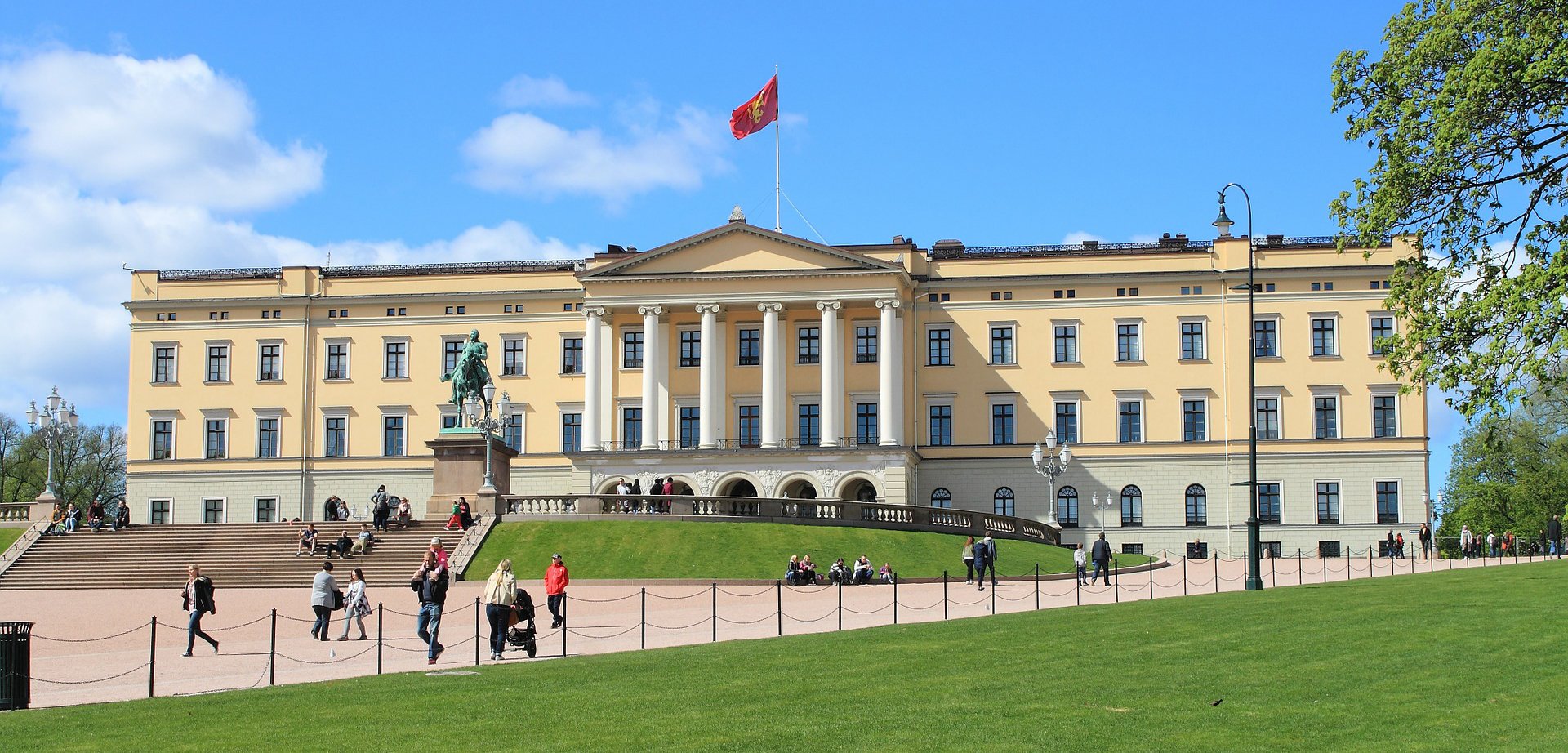
Oslo
Oslo is Norway's capital and largest city. Of interest are the opera house, the Royal Palace and the main street, Karl Johan. Architecturally interesting, this modern city also offers a large number of museums such as the Munch museum (The Scream) , Vigeland Museum located in the large Frogner park containing over 212 sculptures by Gustav Vigeland and the Kon-Tiki museum housing Heyerdahl’s Kon-Tiki and Ra2.
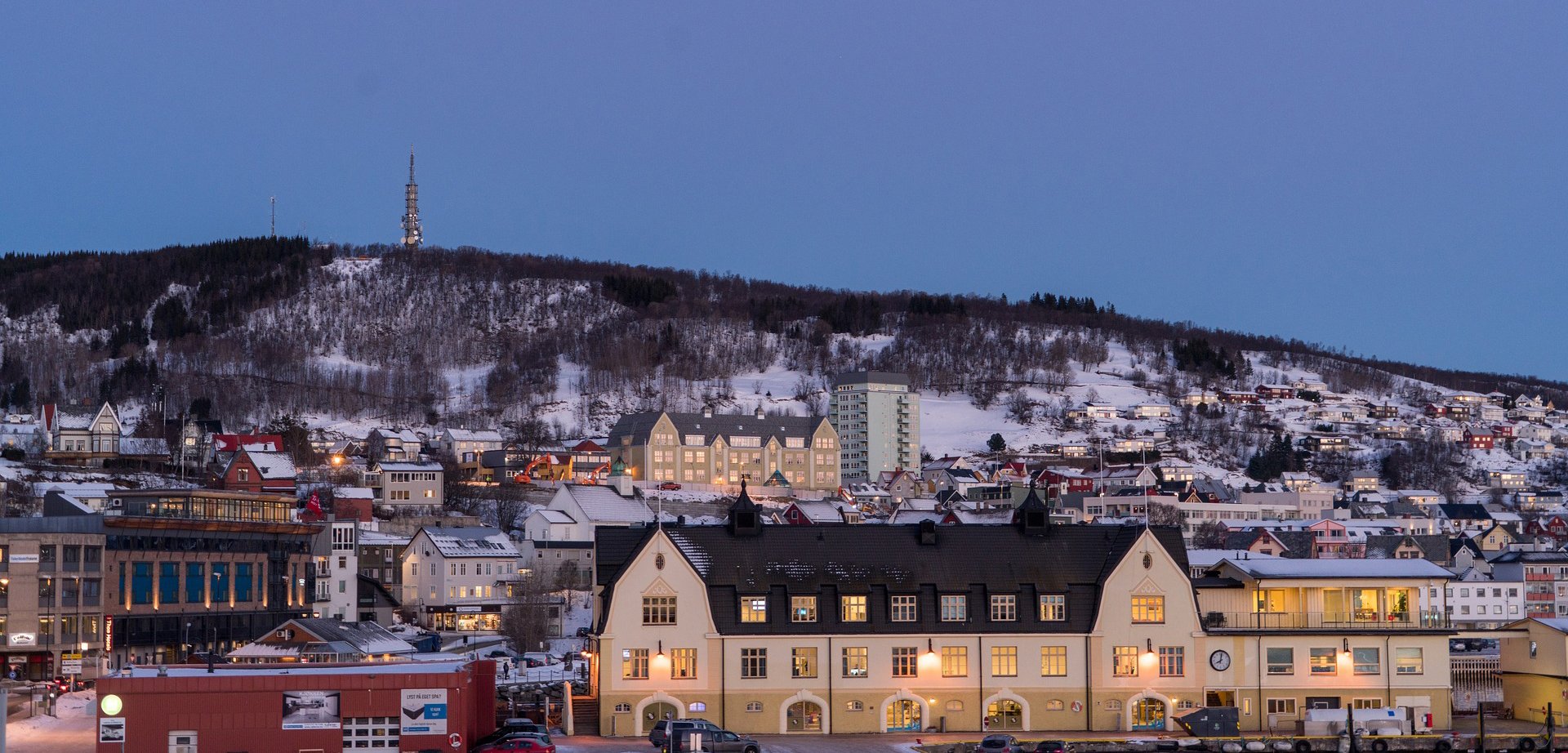
Tromso
Tromso lies north of the Arctic Circle and enjoys a subarctic climate. The Tromso University Museum offers facts on nature and culture in northern Norway including the indigenous Sami people. See Lake Prestvatn with its Meteorological Institute, the Arctic Cathedral, a masterpiece by Jan Inge Hovig. Built in 1965, the cathedral reflects north Norwegian nature, culture, and faith with a monumental stained-glass window. Interesting also the Arctic experience center POLARIA where the co-dependency of sea and land life is visible.
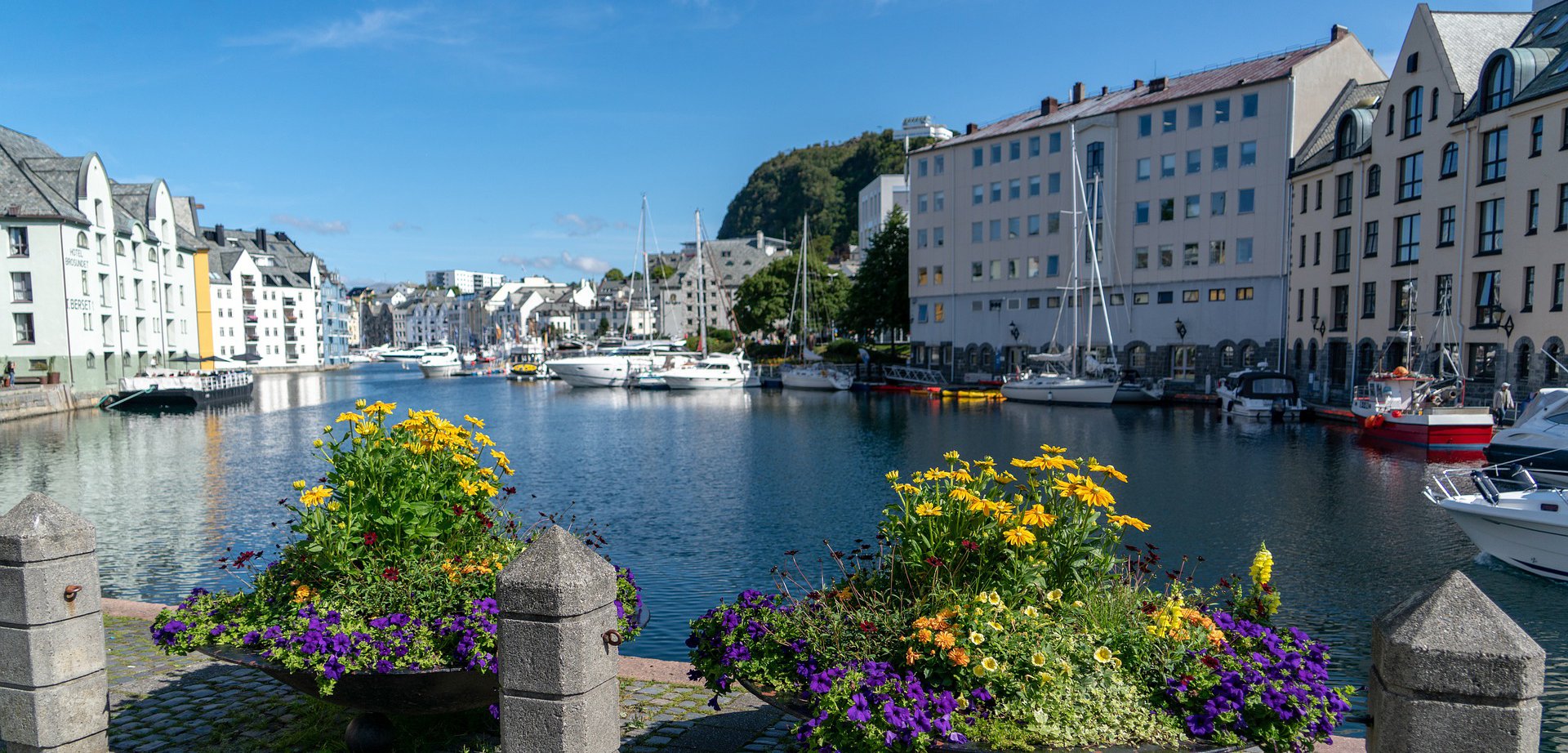
Alesund
Offering a beautiful setting, the city is the most important fishing harbor in Norway. The Norwegian Center of Art Nouveau Architecture is situated in Ålesund. The center tells the story of the town fire and Art Nouveau in Norway and Europe. The Sunnmore museum is an outdoor folk museum devoted to the Norwegian coastal culture and way of life. More than 55 old and distinct houses from the past 300 years were moved to the site.
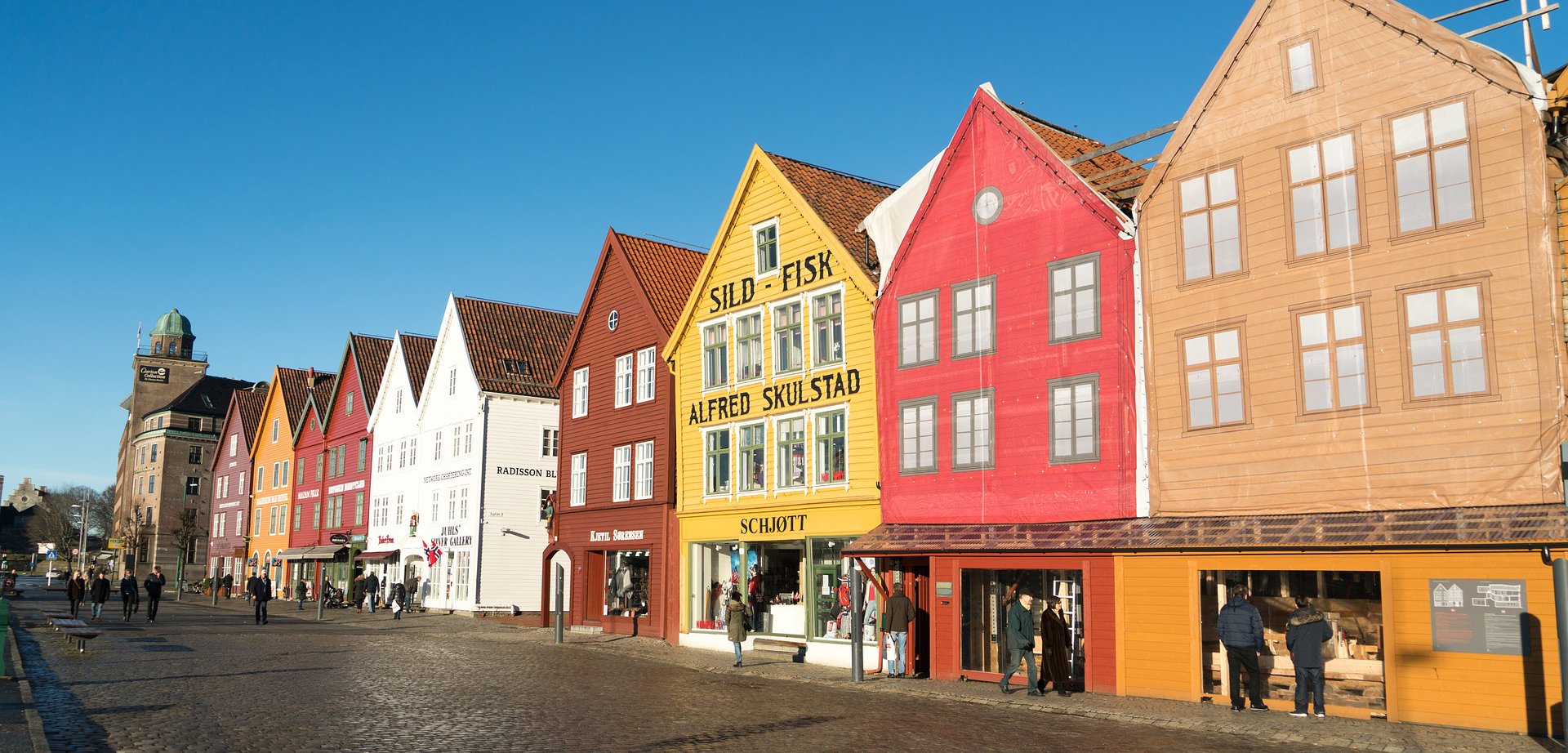
Bergen
Bergen is Norway's second largest city. The 12th century St. Marys Church, Haakon’s Hall, the colorful and picturesque fish market and the old Bryggen area are of interest. Bryggen, the docks, is a series of Hanseatic heritage commercial buildings in the harbor area. They have UNESCO World Heritage status and are a reminder of Bergen's prominent membership in that powerful trading league. And enjoy a night view of Bergen from Mount Floyen.
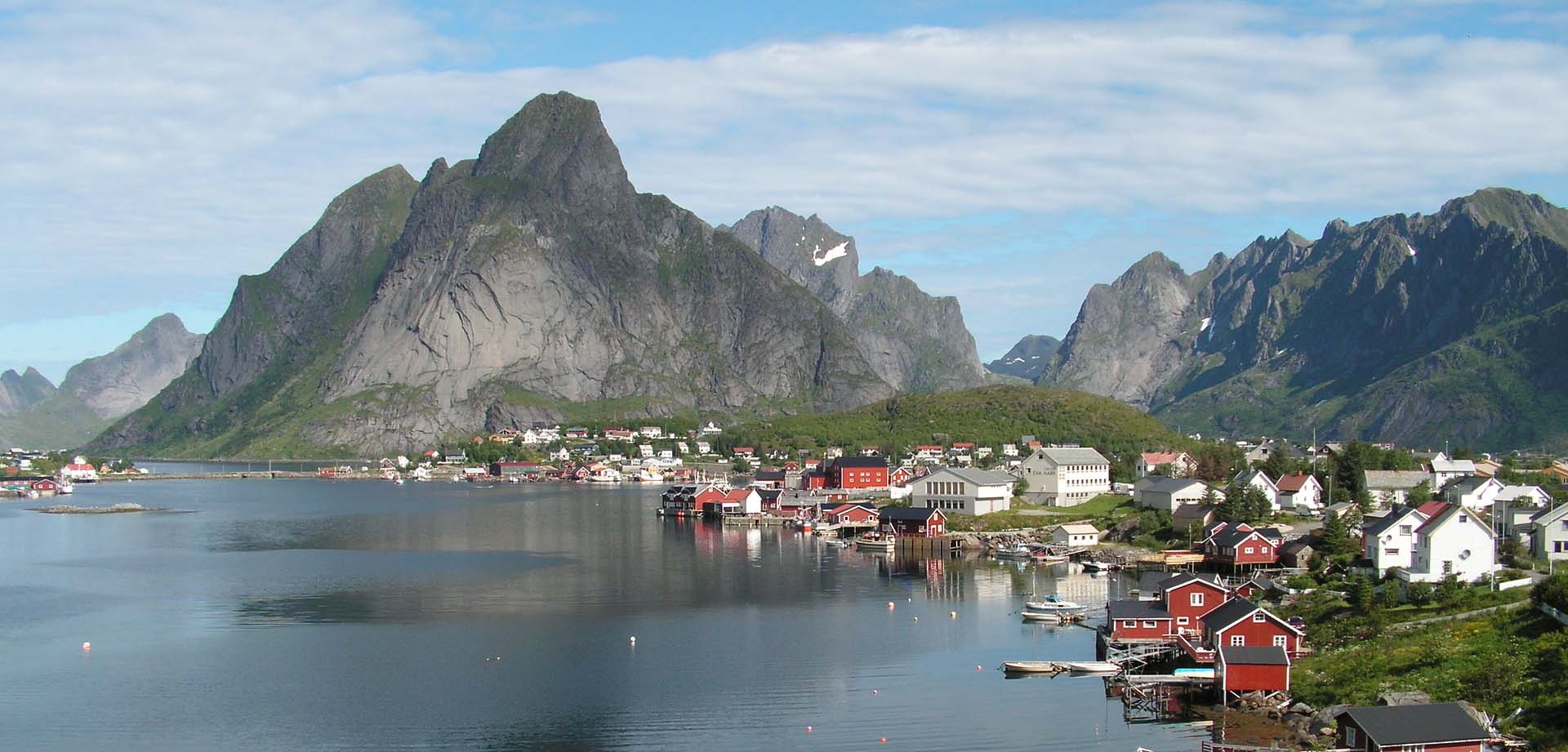
Narvik & Lofoten
Narvik inside the Arctic circle has access to numerous outdoor activities including skiing. For pretty views and the possibility to hike in the mountains, take the cable car. The Narvik Winter Festival takes place in early March. The mountain area near the Swedish border has several places of accommodation. A signed mountain bike route is also available. There are Salmon rivers in Skjomen, Beisfjord and Bjerkvik. Narvik has access to the Lofoten archipelago of dramatic, distinctive scenery.
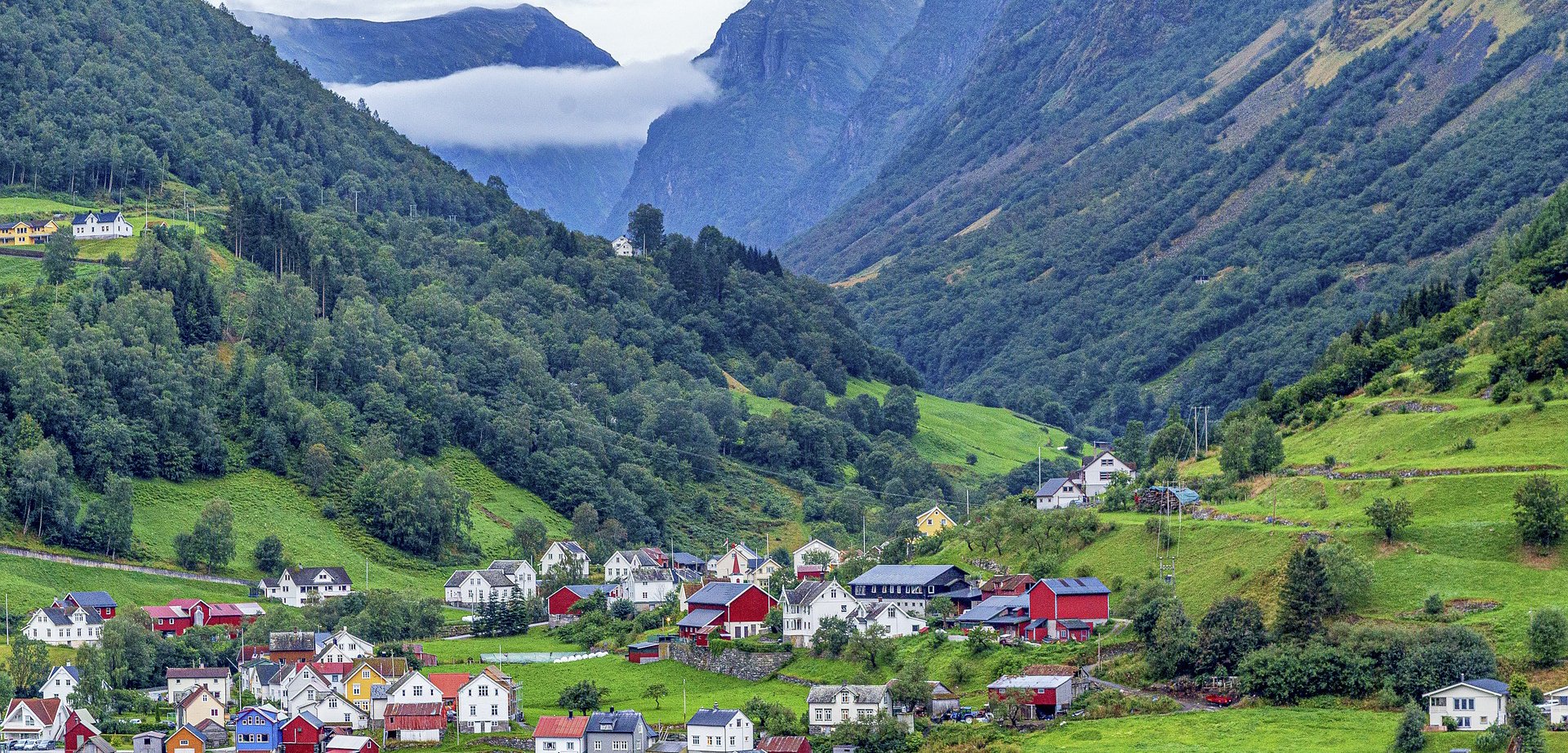
Flam
At the end of a picturesque fjord, the small village of Flam has since the late 19th century been a tourist favorite. The main attraction is the 12-mile train ride between Flam and Myrdal, one of the steepest railway tracks in the world, which also includes spirals. A former rail station building now houses a museum dedicated to the Flam railway.
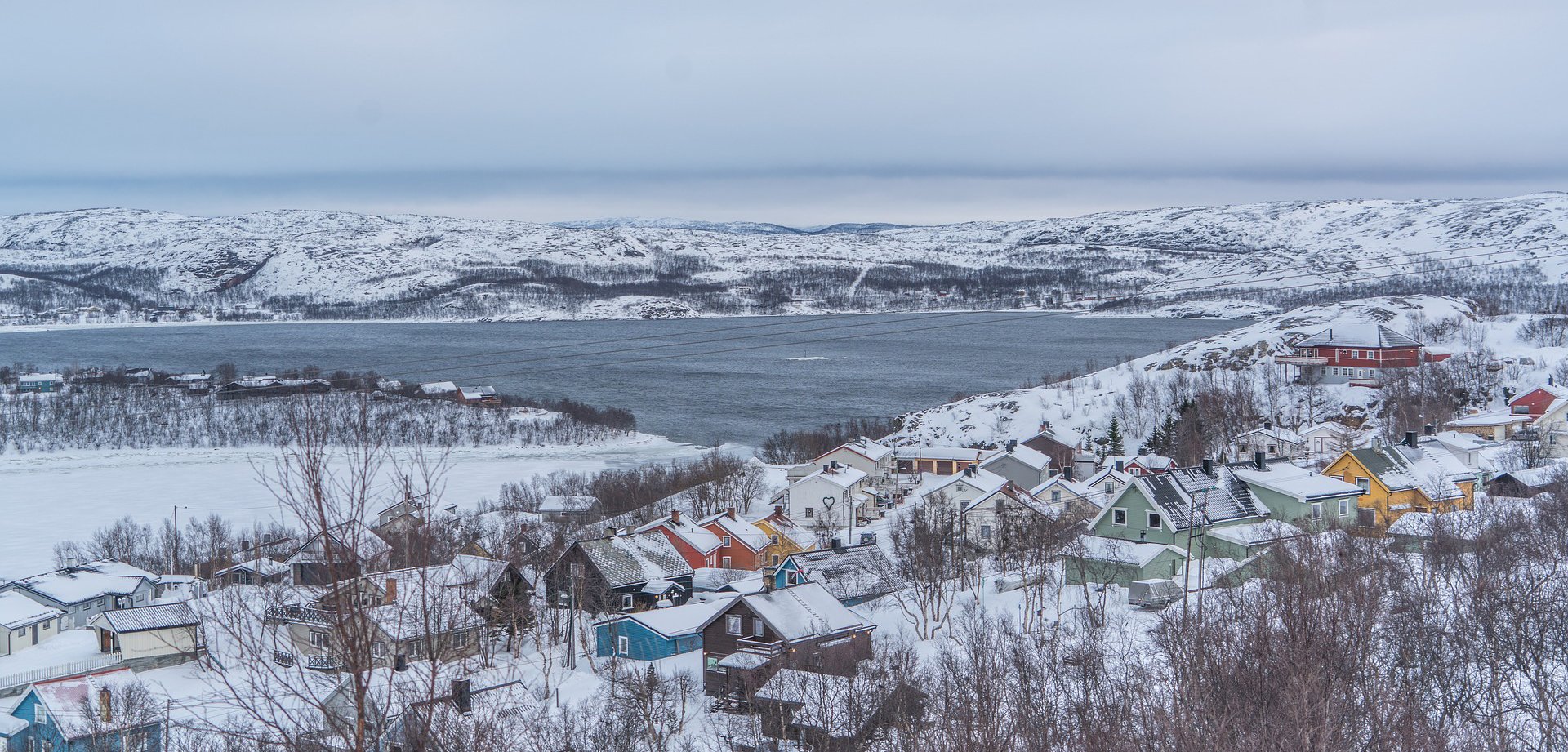
Kirkenes
Only 10 miles from the Russian border, this small town lies in the very north. Interesting is the Border Area Museum, which shows the history of war and peace along the Norwegian–Russian border, Sami art exhibitions by the artist John Savio and a history of the mining industry in the area. Once each month, the Russian Market takes place on the central square where traders from Murmansk, Russia sell their merchandise. Here you can find everything from matryoshkas, linen cloths, and handicrafts, to Russian crystal and porcelain dishes. Kirkenes can serve as a jumping off point for a Lapland experience.





